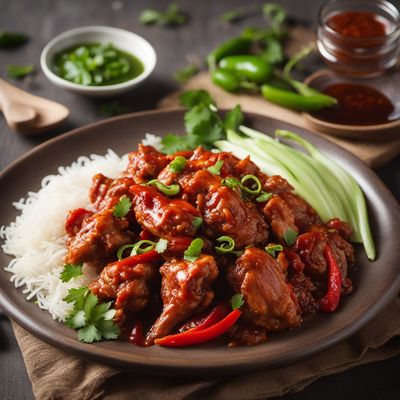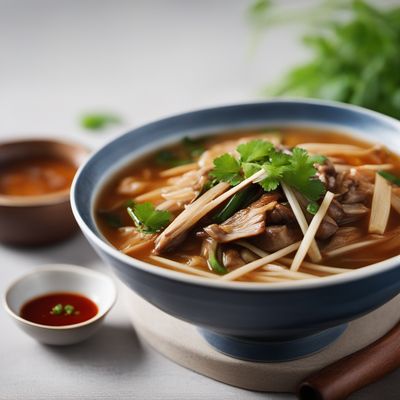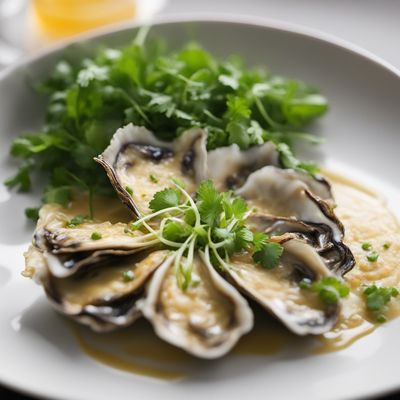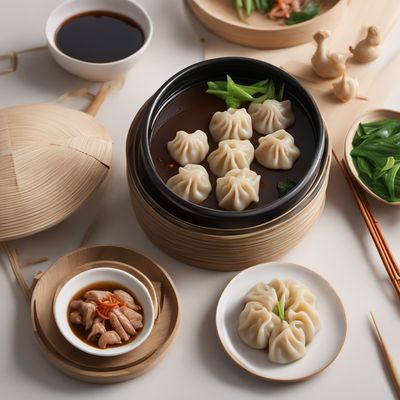
Ingredient
Okra and similar-
The Versatile Okra
Okra, also known as lady's fingers, is a versatile vegetable that is widely used in cuisines around the world. With its unique texture and mild flavor, okra is prized for its thickening properties in soups and stews, as well as its ability to shine in dishes like gumbo and curries.
Origins and history
Okra is believed to have originated in Africa and was brought to the Americas by the slave trade. It has since become a staple in Southern cuisine and is also popular in Middle Eastern, Indian, and Caribbean cooking. Okra thrives in warm climates and is cultivated in many countries across the globe.
Nutritional information
Okra is low in calories and a good source of dietary fiber, vitamin C, and folate. It also contains antioxidants and minerals like magnesium and potassium. Its mucilage content may have potential health benefits for digestion and blood sugar control.
Allergens
Okra is not known to be a common allergen, but individuals with a history of latex allergy may experience cross-reactivity.
How to select
When selecting okra, look for pods that are firm, bright green, and free from blemishes or bruises. Avoid pods that are overly mature or excessively large, as they tend to be tough and fibrous. Fresh okra should snap easily when bent.
Storage recommendations
To store okra, place unwashed pods in a paper bag or perforated plastic bag and store them in the refrigerator. They can be kept for up to a week. Avoid washing okra until ready to use, as excess moisture can accelerate spoilage.
How to produce
Okra can be grown in home gardens or containers, provided they receive full sun and well-drained soil. Start by planting seeds or seedlings after the last frost date. Regular watering and fertilization will promote healthy growth. Harvest the pods when they are young and tender, as older pods can become tough and fibrous.
Preparation tips
Okra can be prepared in various ways, including frying, grilling, roasting, or adding to soups and stews. To reduce the sliminess, consider techniques like blanching, pickling, or cooking with acidic ingredients like tomatoes or lemon juice. Okra is also commonly used in dishes like gumbo, jambalaya, bhindi masala, and bamia.
Substitutions
Zucchini or eggplant can be used as substitutes for okra in certain dishes, as they offer similar textures. However, they may not provide the same thickening properties or unique flavor that okra contributes.
Culinary uses
Okra is a versatile ingredient that is used in a wide range of cuisines. It is a key component in dishes like gumbo, jambalaya, and Creole cooking. Okra is also commonly used in Indian curries, Middle Eastern stews, and pickled preparations. Additionally, it can be grilled, roasted, or added to salads for a crunchy texture.
Availability
Okra is widely available in countries where it is cultivated, including the United States, India, Nigeria, Egypt, and Brazil. It can also be found in many international markets and grocery stores.
More ingredients from this category
Recipes using Okra and similar-

Pakistani Chinese Chicken Manchurian
Fiery Fusion: Pakistani Chinese Chicken Manchurian

Hot and Sour Soup
Fiery Tangy Delight: Hot and Sour Soup

Javanese-Inspired Tropical Pavlova
Tropical Delight: Javanese-Inspired Pavlova with a Twist

Chinese Aristocrat-style Green Eel
Imperial Jade Eel: A Regal Delight from the East

Taiwanese Oyster Omelet
Savory Sea Delight: Taiwanese Oyster Omelet

Steamed Soup Dumplings
Savory Bundles of Delight: Steamed Soup Dumplings
